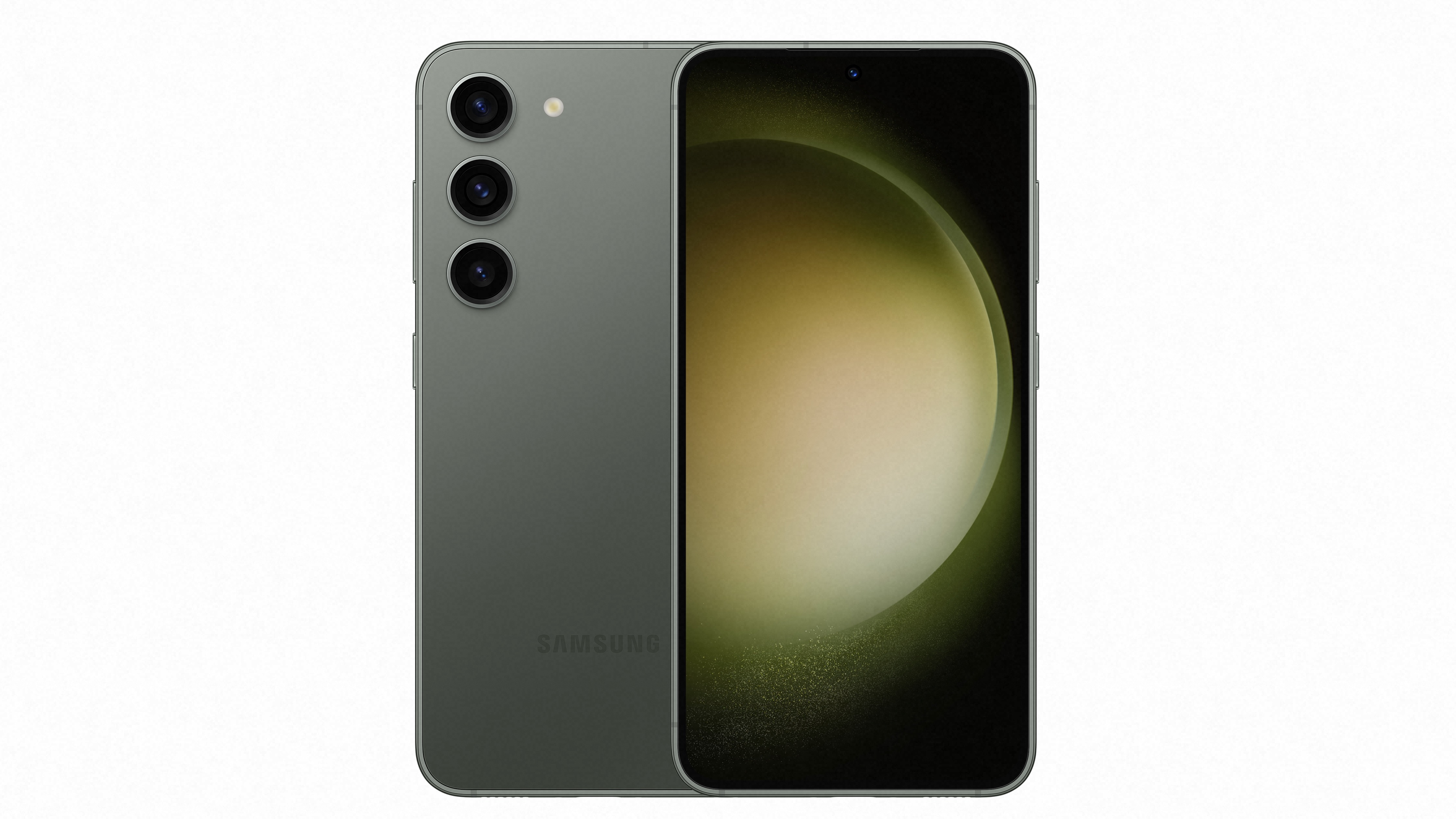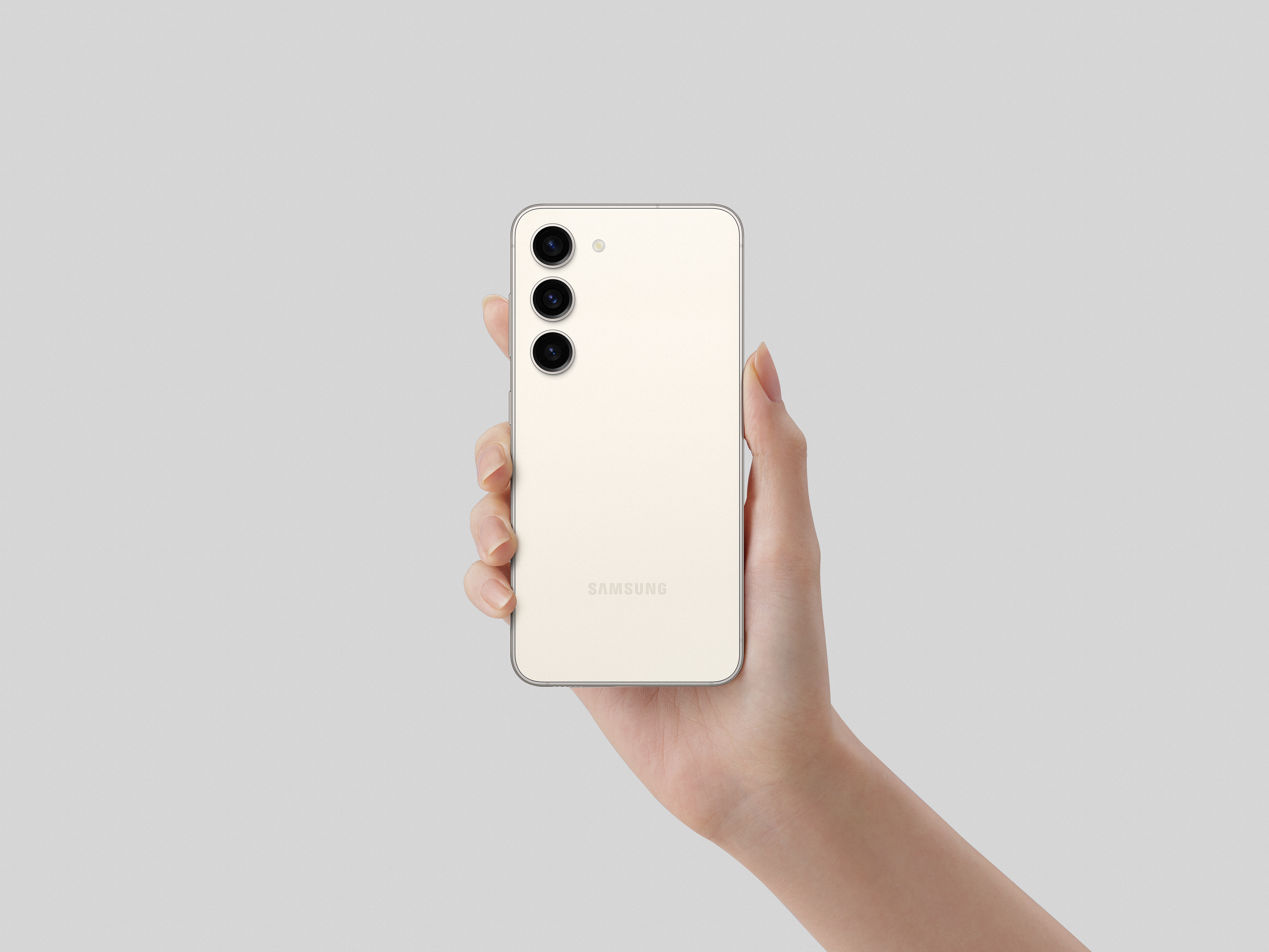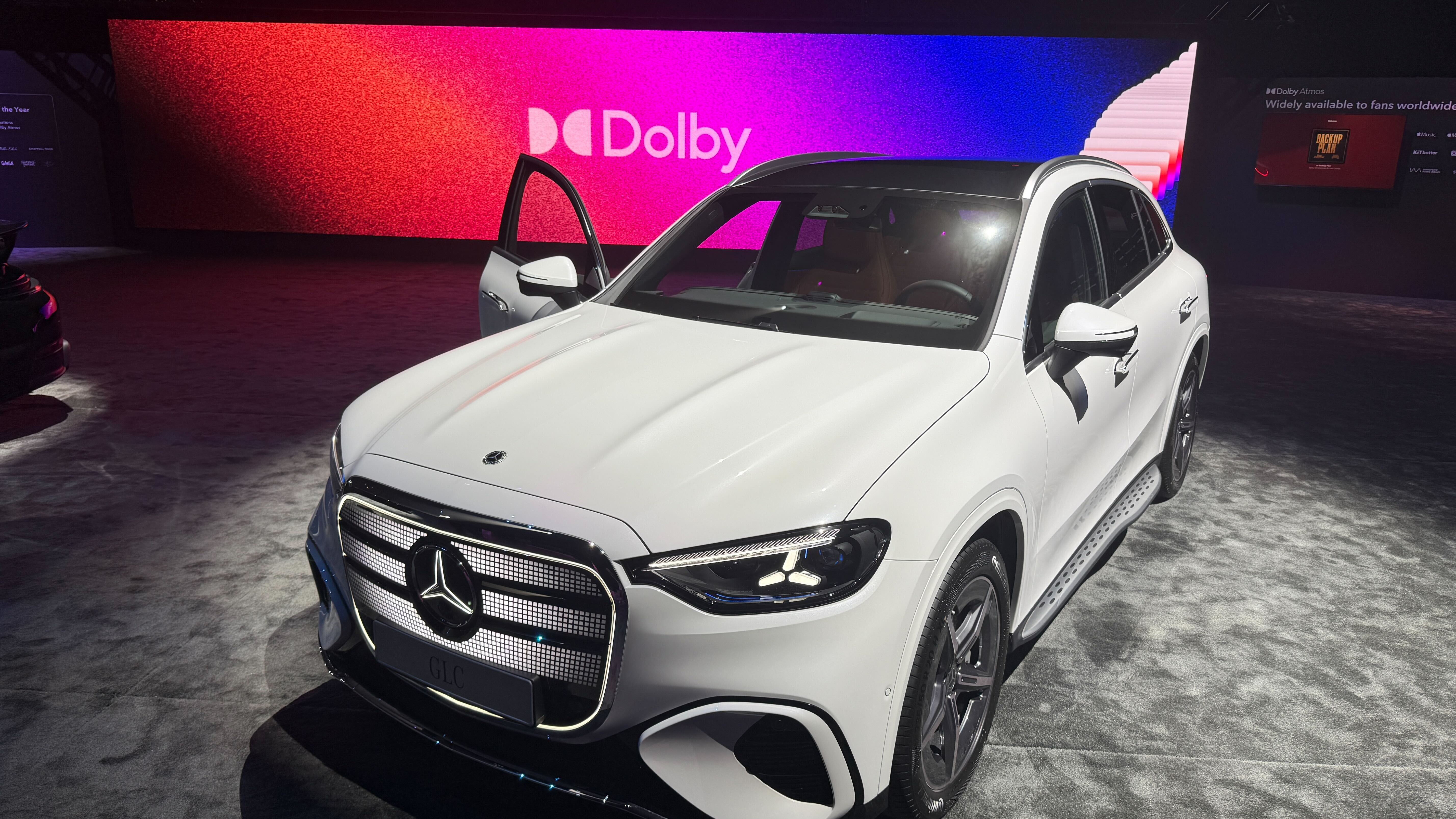Samsung's new Galaxy S23, S23+ and S23 Ultra boast performance, battery and camera upgrades galore
Samsung's 2023 flagship smartphones are finally here

Samsung has unveiled the latest iteration of its Galaxy S flagship smartphones with the S23, S23+ and S23 Ultra. The three devices were unveiled at the company's Unpacked live-streamed event which gave us a first look at these next-generation Android smartphones.
We start with the Galaxy S23, the smallest and most affordable in the range and likely to be the most popular. It features a redesigned camera module, a 6.1-inch AMOLED display and Qualcomm's new Snapdragon 8 Gen 2 for Galaxy processor.
It treads a lot of familiar ground covered by last year's Galaxy S22, with its 1080p 120Hz display, central "hole-punch" selfie camera cutout and under-display fingerprint sensor. Once again, the display supports HDR10+, although Samsung hasn't confirmed if this display is identical to the S22's.

Samsung hasn't revealed much about the S23's audio capabilities. All we know currently is that it doesn't have a headphone jack and that it does support Dolby Atmos via its stereo speakers and headphones.
The S23's biggest upgrades centre around performance, battery and camera. It uses the latest flagship processor from Qualcomm, here tuned for a slightly higher clock speed as denoted by the "for Galaxy" addition to the title. Samsung claims that the S23 will be the best-performing Android phone on the market, and with 8GB of RAM and One UI 5.1 adding a host of new software features, the Galaxy S23 is promising plenty on paper.
The camera also gets a boost, although the main sensor appears to be the same 50MP as seen in last year's model. Instead, it looks like software will be doing the majority of the heavy lifting when it comes to camera improvements. This includes upgrades to Samsung's Nightography mode (low light photography to you and me) with a new Astrophoto mode for capturing extra detail in night sky shots. The selfie camera does get an all-around boost, going up to 12MP and gaining the ability to record in Super HDR 60FPS.

Finally, the S23 gets a boost in the battery department, upping the capacity to 3900mAh, an increase from the S22's 3700mAh battery. You'll notice that updates to the AV performance of the S22 are slight, so video streaming and audio enthusiasts might not get a huge jump forward in performance.
The latest hi-fi, home cinema and tech news, reviews, buying advice and deals, direct to your inbox.
While it looks like not a lot has changed with the S23, one thing that certainly has is the price, as Samsung has made the S23 more expensive in the UK. It now starts at £849 / $799 for the 128GB model and £899 for 256GB of storage. That's an increase of £80 for both configurations over the S22.
Looking at the S23+ now, it's a fairly self-explanatory device, sharing practically all the same specs as its smaller sibling, just with a bigger screen and battery. The S23+ goes up to a 6.6-inch AMOLED screen, still at 1080p 120Hz, with an increased battery capacity of 4700mAh - also an increase of 200mAh over last year's model.
The S23+ also sees a significant increase in price in the UK. It now starts at £1049 / $999 for the 128GB configuration and £1149 for 512GB. The S22+ started at £949, meaning the S23+ is £100 more expensive this year.

Last but certainly not least is the Galaxy S23 Ultra, Samsung's top-of-the-line flagship smartphone for 2023. Continuing last year's trend of combining the Galaxy S and Note series into one all-powerful device, this S-Pen-equipped titan features the largest screen, battery and camera of the trio.
Spec wise it features the same Snapdragon 8 Gen 2 for Galaxy processor as its smaller counterparts, although Samsung is ditching the 128GB model in favour of the 256GB version, meaning we should see 12GB of RAM for all configurations. It also features an almost identical design to last year's S22 Ultra, with an expansive 6.8-inch AMOLED display running at 1440p (2K) with a 120Hz refresh rate.

The S23 Ultra's design looks to be practically unchanged from last year's S22 Ultra, although Samsung says that the front glass on the display curves slightly more over the edges of the device for a more futuristic appearance and slimmer side bezels.
The main draw for the S23 Ultra is the ludicrous 200MP main camera, an upgrade over the 108MP on the S22 Ultra - so almost double the megapixel count. It's capable of recording 8K video and boasts a new Astrophotography Hyperlapse mode for stunning long exposure shots of the night sky.
Like the other devices in the S23 range, the Ultra has not escaped a price increase, with the 256GB model starting at £1249 / $1199, the 512GB version £1399, and an exclusive Samsung.com 1TB edition for £1599.

All three devices come in four colours: Phantom Black, Cream, Lavender and Green and will be the first devices equipped with the latest Corning Gorilla Glass Victus 2 glass for enhanced durability. The Samsung Galaxy S23, S23+ and S23 Ultra are available to pre-order now and will hit stores on February 17th. Samsung is also running a pre-order promotion that doubles your storage, meaning if you preorder the 256GB S23 Ultra or S23+, Samsung will upgrade you to the 512GB model, and if you pre-order the 128GB S23, you can upgrade to the 256GB model at no extra cost. You can pre-order the Galaxy S23 range on Samsung's official web store.
MORE:
Read our early hands-on review of the Samsung Galaxy S23, S23+ and S23 Ultra
Samsung Galaxy S23 vs Galaxy S22
Lewis Empson is a Senior Staff Writer on What Hi-Fi?. He was previously Gaming and Digital editor for Cardiff University's 'Quench Magazine', Lewis graduated in 2021 and has since worked on a selection of lifestyle magazines and regional newspapers. Outside of work, he enjoys gaming, gigs and regular cinema trips.
